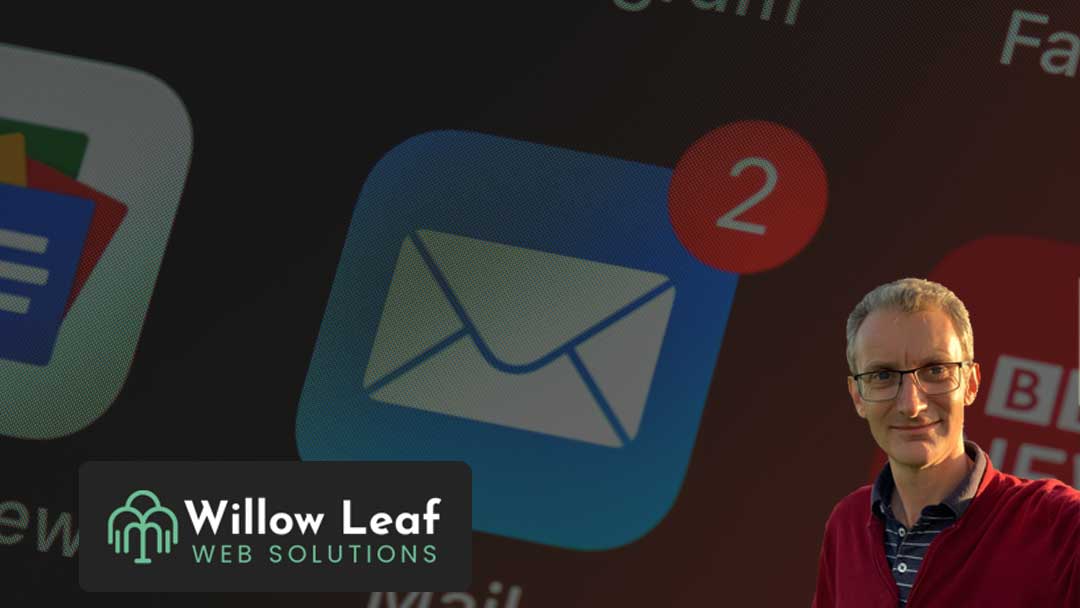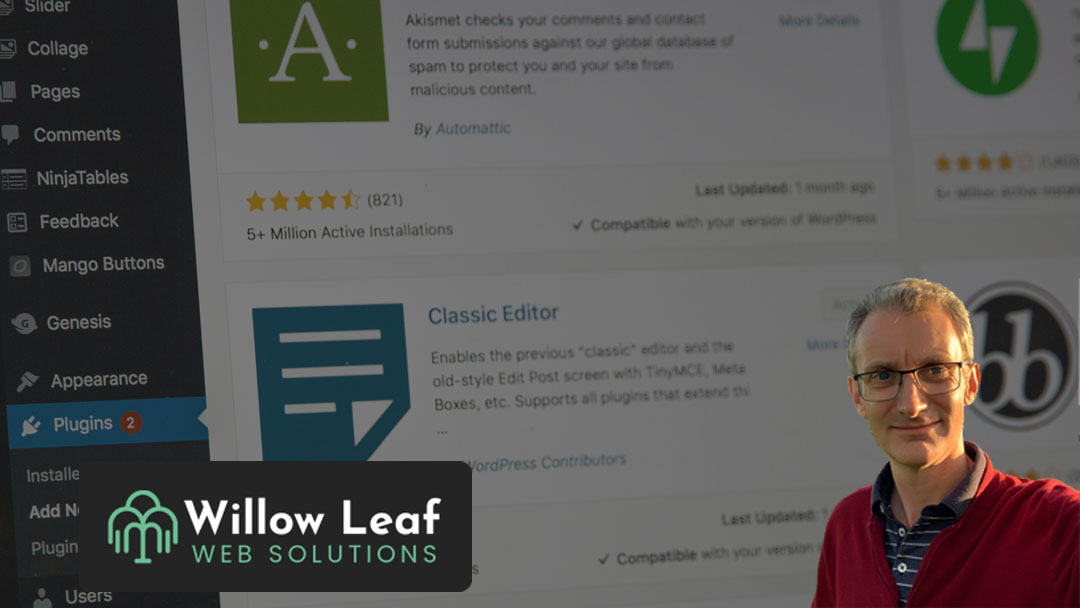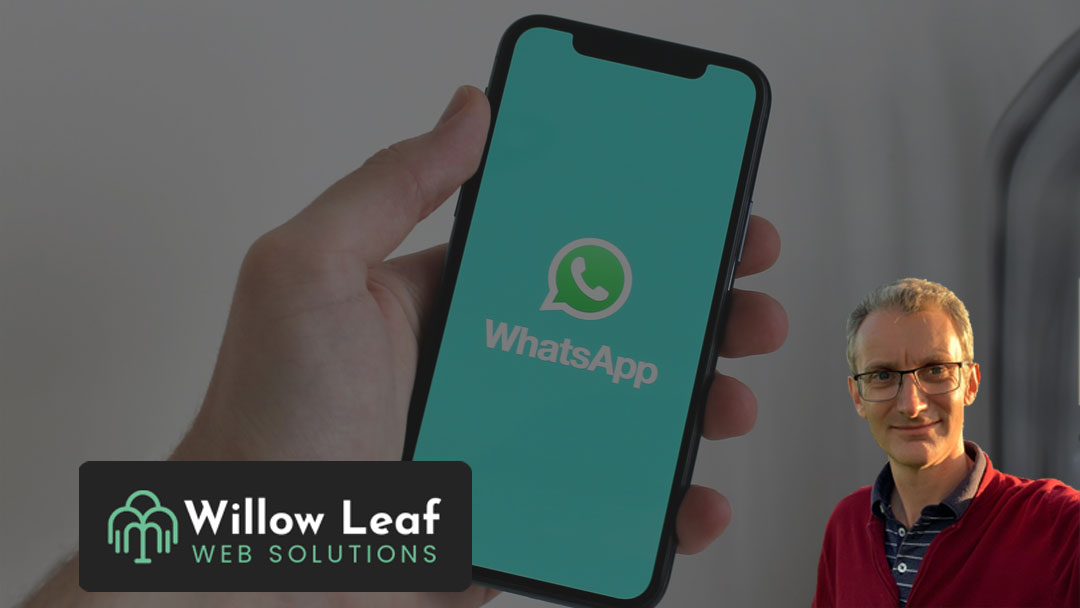Is SEO relevant in 2023?
Since Chat GPT burst onto the scene at the end of 2022 and with other AI tools such as Google’s Bard starting to launch, there has been a lot of talk that how people search online is about to change forever and as such that search engines as we know them along with SEO are dead.
It certainly is true that AI search tools are going to transform how people search online, but it is important to understand that in 2023 SEO is still very much alive and will remain a vital and relevant part of your website marketing strategy for the foreseeable future.
With this in mind, I thought it would be useful to review what SEO is, what the different aspects of SEO are and why it is so important to the success of your website.
What is it and why you should care
The secret is Search Engine Optimisation (SEO). SEO is a complex and broad topic but it is essential to the success of a website. A website that does not follow SEO best practice will underperform in search engine result pages (SERPs).
In this article, which is the first in a series that I will be publishing discussing SEO I will be covering technical on-page SEO. You will be able to learn what it is and how you can implement some elements of it to help your website achieve your ultimate goal of first position for your targeted keywords.
It is all about providing a good user experience
At the core of all search engines there is an algorithm. You can think of this algorithm as the search engine’s brain. It is an eye-wateringly complicated calculation. It takes in a whole series of variables, crunches data and outputs the results to the end user (you) in what is known as a SERP or Search Engine Result Page – this is the list of websites you see when your search query returns results.
No-one outside of the search engine companies (and perhaps not even most inside) truly know exactly what importance is assigned to each of the variables when the algorithm assesses a search term. Nobody can say for definite what the algorithm is looking for or how much weight it places on certain factors. Even if you did know, you wouldn’t know for too long because updates are being released constantly. What you can do however, is to learn and follow best practices, in effect guidelines that have been issued by the search engine companies, which if followed will help your website perform and index well for keywords that you are wanting to target. By following these best practices your site will become optimised for the search engines. The practice of doing this is known as Search Engine Optimisation.

Depending upon how well the website has been designed, built and written and how well SEO principles have been followed dictates how well the web crawlers can understand the purpose of the website that it is visiting.
A well-constructed website built by someone that understands SEO will be able to be discoverable and understood by the search engines and the reward for that is that the site will appear higher up in a search engine result page for a relevant search term than a site that has been poorly constructed and contains poor content.
Keywords are king
Before you can build a successful website or develop successful copy for a site you need to know what keywords to target. Without targeted keywords or with the wrong targeted keywords your site is never going to perform the way you are hoping in the organic search results.
Don’t think of keywords as individual words but more as phrases. They are the search terms that your customers are most likely to type into a search engine when wanting to visit your site.
Deciding which keywords you should be targeting is a complex matter, but it is vital to the success of a website that you develop a correct list of keywords. How you develop this list warrants a separate article which I will be publishing in the next few weeks, so be sure to follow the Willow Leaf LinkedIn and Facebook pages to ensure you don’t miss being notified when the article goes live.
Once you have built a suite of keywords you have taken the first step to a successful website. You now need to apply SEO techniques to allow search engines to target the keywords.
What exactly is SEO?
On-page SEO is all about the SEO contained within your website, whereas off-page is about the SEO for your site on other channels and platforms.
On-page SEO is broken down further into technical SEO and content SEO. It is technical on-page SEO that we are discussing in this article.
Technical SEO is concerned with the structure of a website. There are best practices that should be followed when designing and building a website to help search engines navigate around your site and to provide your site visitors with the best user experience possible.
Key elements of technical SEO
Robots.txt
You may be thinking why would you have pages on a site that you don’t want to be discoverable by a search engine. Well, if you have a content management system (CMS) site then there will be an admin area of the site which shouldn’t be crawled by a bot. Similarly, for an e-commerce site it wouldn’t make sense to allow a bot to crawl the basket page or the checkout page.
Another important role robots.txt has is to point the bot in the direction of your sitemap.xml file.
Sitemap.xml
Metadata
A web page requires similar data for SEO. There are quite a few pieces of metadata that you can use, but the most important are meta title and meta description. The meta title is what appears in the tab in you browser when you are viewing a page. The meta description is what you see displayed in a SERP result. It is usually about 150 characters long and should summarise the content of the page.
Both should include the principal keyword you are wanting to target for the page. Both are important in helping a bot understand what a page is about, but they both are also important to users scanning a SERP result. The better written your title and description metadata is the better click-through rate (CTR) your page will achieve.
Load times
Visitors to a site expect a page to load quickly, if they are left waiting for a page to appear there is a very real chance that they will leave. Search engine bots know this too. If your page is taking more than a couple of seconds to load then the page would not be considered as providing a good user experience. The result will be a page that performs poorly in search engine rankings.
There are many techniques an experienced web developer will use to ensure fast load times. This is an entire topic in itself and outside the scope of this article, but will include: writing efficient code, optimising image sizes, minifying CSS and javascript code and not using unnecessary and inefficient plugins.
A secure site
Mobile friendly
Duplicate content
You’re probably thinking surely this should be covered under content SEO, and you’re right it should, however there is also a technical SEO element to duplicate content that may not seem very obvious.
As a human, when you look at a website, if the URL has its www or no www prefix or if it ends with a trailing slash or if it has some kind of querystring at the end, it doesn’t really matter, you look at it and you can see it is all the same page. However, when a search bot views your site it would infer that they are all different pages.
For example, the following URLs may all display the same page, but to a bot they are all different:
www.mysite.co.uk
mysite.co.uk
mysite.co.uk/
mysite.co.uk?id=1
The bot will therefore conclude that all these ‘pages’ feature duplicate content with each other. The result will be a weakened SERP presence.
You can overcome this with a technical SEO feature called canonicalization. By assigning a canonical URL to a page you are informing the bot which is the URL that should be indexed for all the variations it may encounter.
Broken links
In conclusion
It is true that you can pay Google or Bing to appear prominently on a search results page. This is known as Search Engine Marketing or SEM and requires you to set up and run a pay per click (PPC) campaign. When running such a campaign you will be charged whenever a user clicks to visit your site from a sponsored link. The amount you pay is determined by the popularity of the keyword you are targeting. The more popular it is, the more money you will need to spend to bid and compete against your competitors to win the position of one of the sponsored links.
If you have the budget then search engine marketing can prove very successful, but the costs can also quickly escalate. A site with strong SEO for a targeted keyword can rank organically for free.
Hopefully this short post has helped to give an understanding of what SEO is and just why it is vital to the success of a website.







